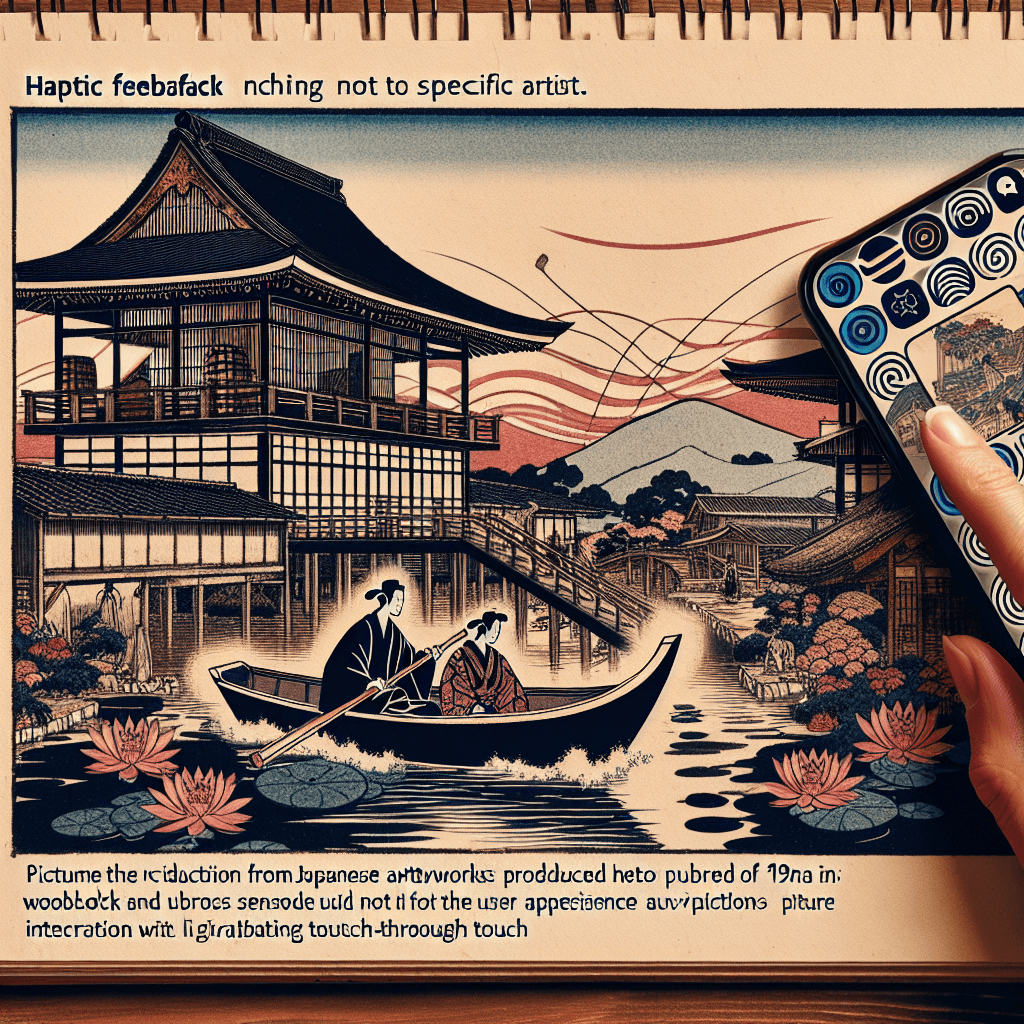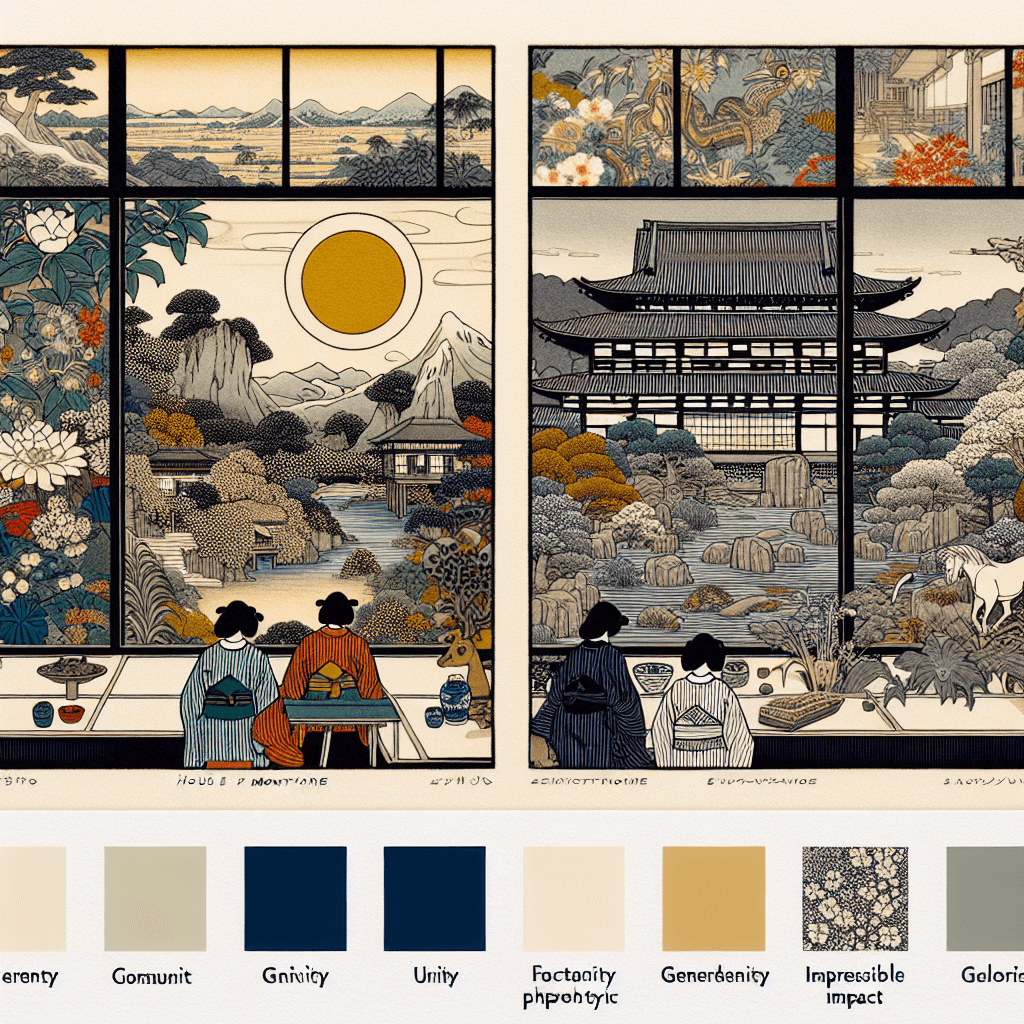Enhancing User Experience with Haptic Feedback in Web Applications
syndu | Oct. 11, 2023, 1:48 p.m.

Enhancing User Experience with Haptic Feedback in Web Applications
Hello, dear readers. Today, we're going to explore an exciting aspect of user experience design - haptic feedback. Haptic feedback, or the use of touch feedback in user interfaces, can significantly enhance the user experience, making your web application more engaging and intuitive. This is particularly relevant for mobile and tablet users, where touch is the primary mode of interaction.
So, how can you incorporate haptic feedback into your web application? Let's dive in.
1. Understanding Haptic Feedback:
Haptic feedback involves the use of vibrations and motions to simulate touch experiences. On mobile devices, this can be as simple as a vibration when a button is pressed. This kind of feedback can make your application more immersive and can help guide user interactions.
2. The Vibration API:
The primary way to implement haptic feedback in a web application is through the Vibration API. This is a web API that provides access to the vibration mechanism of the hosting device. With this API, you can control the vibration of a device in response to specific user actions.
Here's a simple example of how to use the Vibration API:
window.navigator.vibrate(200); // vibrate for 200ms
3. Designing Your Haptic Feedback:
When designing your haptic feedback, it's important to consider when and where it will be most effective. Not every action needs haptic feedback, and overuse can lead to user annoyance. Use it to enhance important interactions, like confirming a form submission or indicating an error.
4. Testing and Iterating:
As with any feature, it's important to test your haptic feedback on different devices and get user feedback. Different devices have different vibration capabilities, so what works on one device might not work on another.
5. Accessibility Considerations:
Remember to consider accessibility in your design. Haptic feedback can be a great tool for accessibility, but it should not be the only form of feedback. Always provide visual or auditory feedback in conjunction with haptic feedback.
In conclusion, haptic feedback can be a powerful tool for enhancing the user experience of your web application. With careful design and thoughtful implementation, it can make your application more engaging and intuitive. Happy coding!
Note: The Vibration API is not supported on all browsers or devices, and users have the ability to disable vibrations at the system level. Always make sure that your application is usable and accessible without haptic feedback.






